Introduction
Nestled along the western coast of Hong Kong’s Lantau Island lies Tai O, a fishing village renowned for its rich maritime heritage and culinary treasures. Among its most prized delicacies is the Tai O abalone—a succulent, tender mollusk prized by food enthusiasts worldwide. Known for its briny sweetness and meaty texture, this seafood gem is often prepared in ways that highlight its natural flavor, with chilled abalone being a summer favorite. This dish combines simplicity and elegance, requiring precision in cooking and a reverence for fresh, high-quality ingredients. In this guide, we explore the meticulous process of preparing chilled Tai O abalone, from sourcing to serving, ensuring a dish that delights the senses and pays homage to tradition.
The Allure of Tai O Abalone
Tai O’s abalone thrives in the cold, nutrient-rich waters surrounding Lantau Island, feeding on seaweed and plankton. This diet contributes to its distinctive flavor profile—a balance of umami richness and delicate oceanic notes. Unlike farmed varieties, wild-caught Tai O abalone is scarce, making it a luxury ingredient reserved for special occasions. Its firm yet tender flesh rewards careful preparation, and chilling it after cooking enhances its texture, creating a refreshing contrast ideal for hot climates.
Ingredients and Tools
To embark on this culinary journey, gather the following:
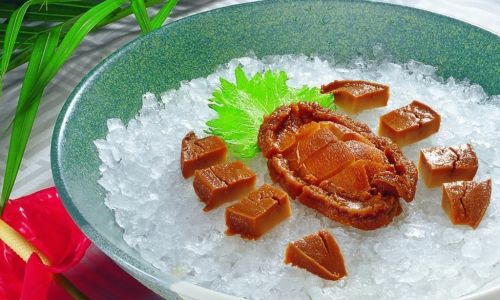
- Fresh Tai O abalone (1–2 per person, depending on size)
- Sea salt (for cleaning and seasoning)
- Fresh ginger (1 thumb-sized piece, peeled and julienned)
- Spring onions (2 stalks, sliced into fine strips)
- Sesame oil (1 teaspoon)
- Light soy sauce (2 tablespoons)
- Rice vinegar (1 tablespoon)
- Ice bath (a large bowl filled with ice and water)
- Steamer basket or pot for simmering
- Sharp knife and spoon (for cleaning)
- Cutting board and serving platter
Step-by-Step Preparation
Selecting and Cleaning the Abalone
The foundation of exceptional chilled abalone lies in selecting live, vibrant specimens. Look for mollusks with intact shells, firm flesh, and a lively response when tapped. Avoid those with cracked shells or a foul odor, as these indicate spoilage.
Cleaning Process:
- Rinse the abalone under cold running water to remove surface debris.
- Using a sturdy spoon, gently pry the abalone from its shell. Insert the spoon between the meat and the shell’s edge, applying steady pressure until the meat detaches.
- Remove the visceral mass (the dark, inedible organ) attached to the meat. This requires careful slicing with a sharp knife.
- Scrub the abalone thoroughly with sea salt to eliminate any remaining grit or mucus. Rinse again under cold water.
Tenderizing the Meat
Abalone’s muscular structure can render it tough if not properly tenderized. Traditional methods involve light pounding or scoring:
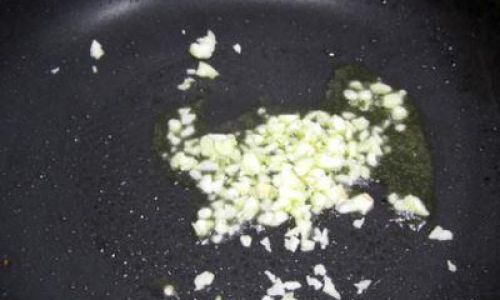
- Place the abalone on a cutting board, flesh-side up.
- Using the back of a knife or a meat mallet, gently pound the meat in a crosshatch pattern. This breaks down muscle fibers without crushing the flesh.
- Alternatively, score the surface diagonally with shallow cuts, creating a diamond pattern. This allows heat to penetrate evenly during cooking.
Cooking the Abalone
The cooking method—steaming or simmering—directly impacts texture. Both techniques require precision to avoid overcooking.
Steaming Method:
- Fill a wok or pot with 2 inches of water and bring to a rolling boil.
- Place the abalone in a heatproof dish or steamer basket. Add julienned ginger and a splash of rice vinegar to enhance flavor.
- Steam for 3–5 minutes, depending on size. Smaller abalone (50–70g) require 3 minutes; larger ones (80–100g) need 5 minutes.
Simmering Method:
- In a pot, combine 4 cups of water, 1 tablespoon of sea salt, and a few slices of ginger. Bring to a simmer.
- Gently lower the abalone into the liquid. Poach for 2–4 minutes, maintaining a gentle bubble.
- Avoid boiling vigorously, as this toughens the meat.
Chilling and Resting
Immediately after cooking, transfer the abalone to an ice bath. This halts the cooking process and firms the flesh, creating a pleasing contrast between the tender interior and chilled exterior.
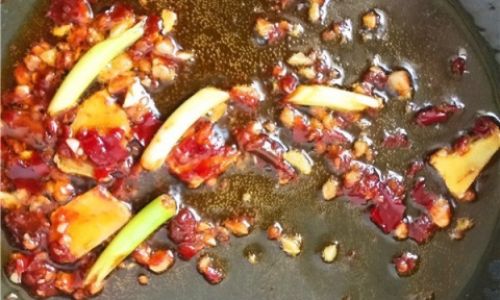
- Submerge the abalone in the ice bath for 10–15 minutes.
- Once cooled, pat dry with paper towels. Wrap tightly in plastic wrap and refrigerate for at least 2 hours. This resting period allows the flavors to meld and the texture to set.
Slicing and Presentation
The moment of truth arrives with slicing. A sharp knife is essential to achieve thin, elegant slices that showcase the abalone’s texture.
- Remove the abalone from the refrigerator. Unwrap and place it on a cutting board.
- Using a knife angled at 45 degrees, slice the meat into paper-thin pieces. Aim for transparency to highlight the meat’s delicate structure.
- Arrange the slices on a chilled serving platter. Garnish with julienned ginger, spring onions, and a drizzle of sesame oil.
Sauce Pairing
A complementary sauce elevates the abalone’s natural flavors. A classic dipping sauce combines:
- 2 tablespoons light soy sauce
- 1 tablespoon rice vinegar
- 1 teaspoon sesame oil
- A pinch of sugar (optional)
Whisk the ingredients and serve in a small dish alongside the abalone.
Tips for Perfection
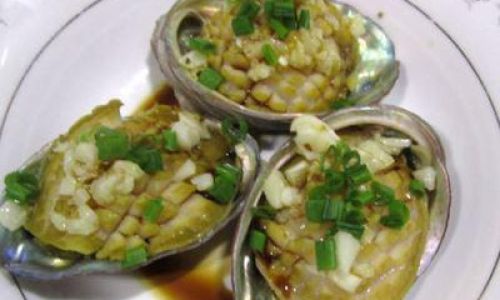
- Timing is Key: Overcooking abalone results in rubberiness. Err on the side of undercooking, as residual heat continues cooking the meat post-removal.
- Ice Bath Precision: Ensure the ice bath is large enough to fully submerge the abalone. Rapid chilling preserves texture.
- Slicing Technique: A razor-sharp knife and steady hand are non-negotiable. Consider freezing the abalone for 10 minutes before slicing for easier handling.
- Seasoning Restraint: Abalone’s flavor is delicate. Avoid overpowering it with heavy seasonings.
Cultural Significance
In Tai O, abalone holds cultural and economic importance. Historically, it was a staple for fishermen, providing sustenance during long voyages. Today, it symbolizes prosperity and is served at weddings, Lunar New Year feasts, and banquets. Preparing chilled abalone is an act of culinary respect, bridging generations and preserving traditions.
Variations and Modern Twists
While tradition reigns supreme, contemporary chefs experiment with global flavors:
- Citrus Infusion: Add lemon zest or yuzu juice to the cooking liquid for a bright finish.
- Herb Garnishes: Top with microgreens, cilantro, or chives for color and freshness.
- Spicy Kick: Incorporate thinly sliced chili peppers into the dipping sauce.
Conclusion
Preparing chilled Tai O abalone is a labor of love, demanding patience, precision, and an appreciation for simplicity. Each step—from cleaning to chilling—honors the mollusk’s natural gifts, resulting in a dish that embodies Hong Kong’s coastal soul. Whether served at a festive gathering or a quiet dinner, this culinary treasure invites diners to savor the harmony of texture, flavor, and tradition. So, the next time you encounter a fresh Tai O abalone, embrace the journey—and relish the reward.
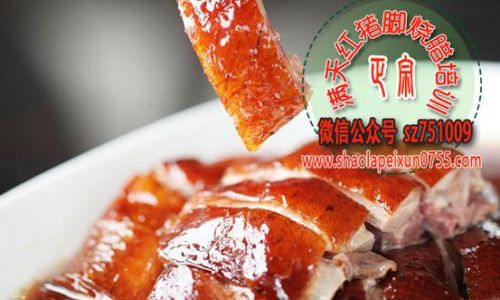

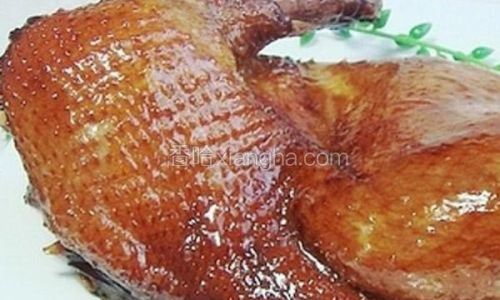
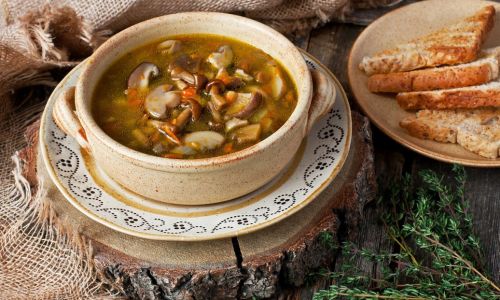
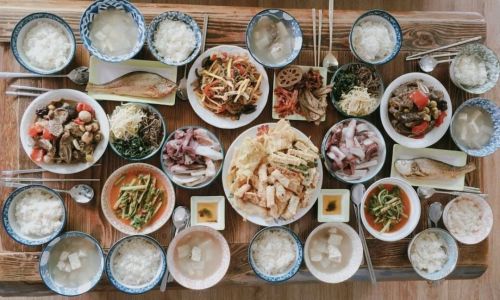

0 comments